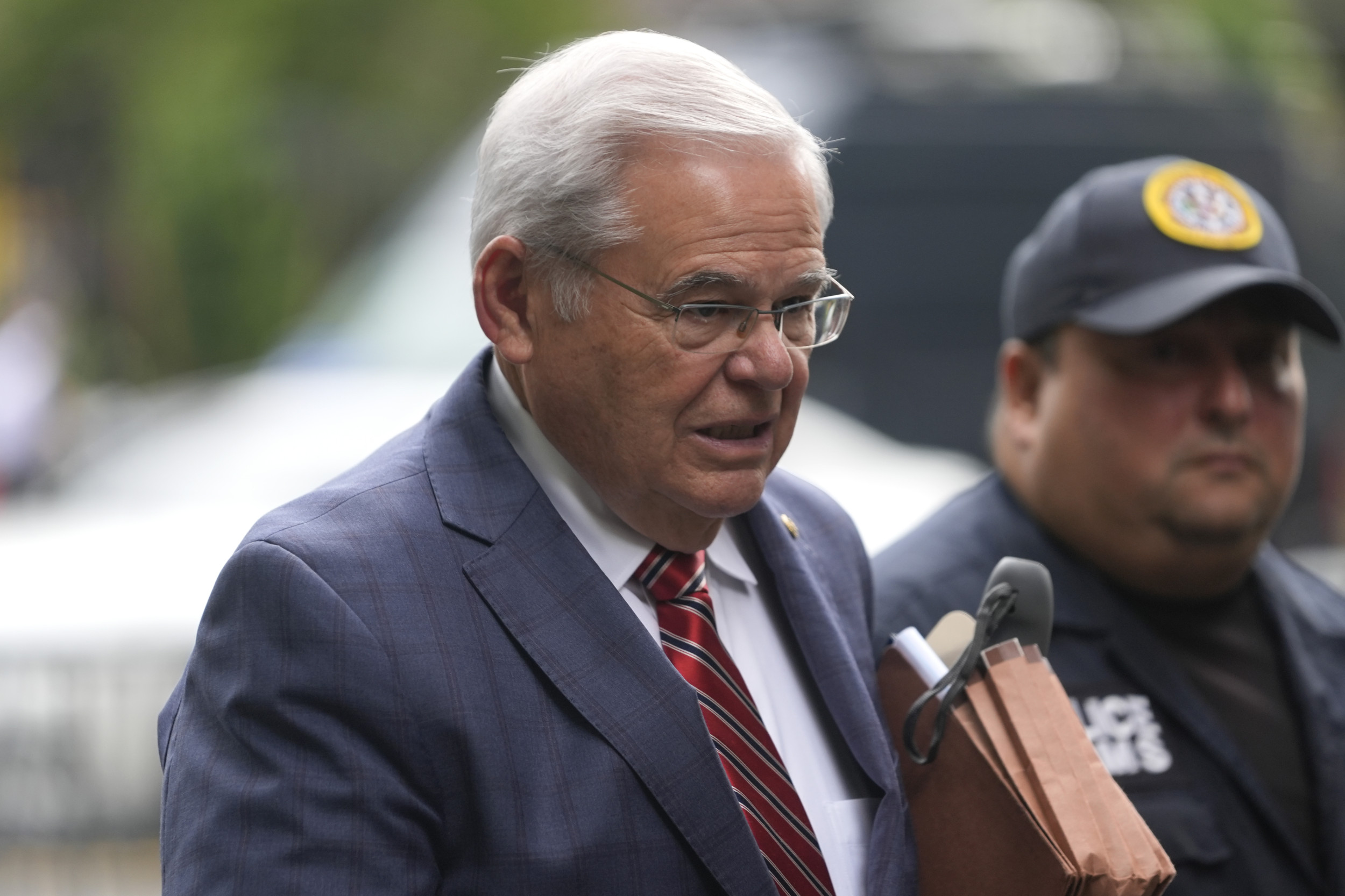A map shows where in Alaska may be at risk of serious flooding from sea level rise by 2100.
A new study from University of Alaska Fairbanks graduate student Richard Buzard, found that communities in coastal Alaska, from the Yukon-Kuskokwim Delta northward, could see many buildings exposed to serious flooding if developments continue. The study is published in the journal Scientific Reports.
Western Alaska coastal communities currently face the highest flood risk and have the most structures at risk, Buzard writes. He adds that by 2100, northern Alaska coastal communities will experience similar flood exposure.
In the study, a map shows where in Alaska coastal communities face the prospect of severe flooding.

Sea level rise is a pressing concern because of its potential to exacerbate coastal flooding, erode shorelines, and displace communities. As global temperatures increase, polar ice caps and glaciers melt, and thermal expansion of seawater occurs, resulting in higher sea levels. This phenomenon threatens coastal infrastructure, from homes and businesses to critical facilities like ports and power plants.
The research found that 22 percent of buildings in analyzed communities in Alaska face potential flooding. As sea levels continue to rise this percentage is set to increase by 30 to 37 percent by 2100.
"Many communities and supporting organizations are actively planning how to reduce flood hazards. This research is a stepping stone to map the current and potential future flood plain," Buzard said in a statement.
"Ideally, these groups can work toward safer coastal planning by using the results alongside local knowledge of infrastructure status, community development plans, subsistence use areas, culturally important sites and other relevant factors," he said.
Community planners typically use the 100-year flood plain or record flood levels to guide community expansion. A 100-year flood refers to a statistical event that has a 1% chance of occurring in any given year. However, this information is lacking for many remote Alaskan communities.
Buzard's research hopes to address this gap in knowledge.
He investigated flood risk for communities along the Bering, Chukchi and Beaufort sea coasts by creating a coastal flood database from written accounts and observations. He identified record flood events, estimated current flood exposure, and projected future exposure using global sea level rise projections.
As of June 2023, the database contained 448 entries for floods in 55 coastal communities, with records dating back to 1887.
Most entries (382) were for storm-driven floods, of which 46 percent affected multiple communities and 76 percent occurred in the fall. There were also 48 entries for ice jams, three for other causes, and 15 of unknown origin.
"The primary data source is direct observations from local residents," Buzard said. "Many communities and organizations have documented flood hazards over several decades and in some cases over a century. This is most often in the form of written observations made by residents of communities. We collected these observations and compared them to identify the highest-known flood."
The research paper highlights major flooding events, including a severe storm on October 5, 1913, which caused extensive flooding. Floodwaters reached 13 feet above the highest mean water level at Koyuk, 12.5 feet at Nome and 9.5 feet at Teller, resulting in significant damage.
Buzard emphasized the importance of scientific data on sea level rise for future coastal flooding planning, stating that communities need precise measurements to prepare effectively.
Do you have a tip on a science story that Newsweek should be covering? Do you have a question about sea level rise? Let us know via [email protected].
Uncommon Knowledge
Newsweek is committed to challenging conventional wisdom and finding connections in the search for common ground.
Newsweek is committed to challenging conventional wisdom and finding connections in the search for common ground.
About the writer
Robyn White is a Newsweek Nature Reporter based in London, UK. Her focus is reporting on wildlife, science and the ... Read more





